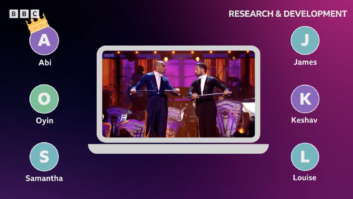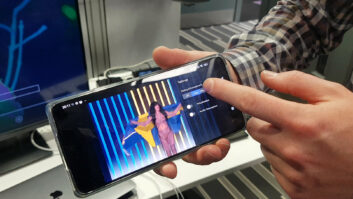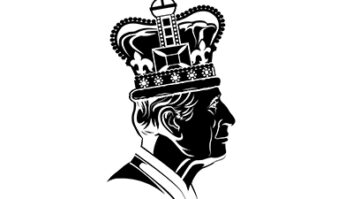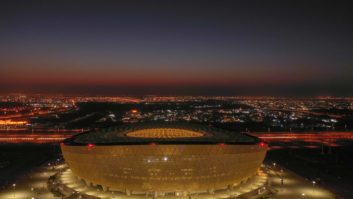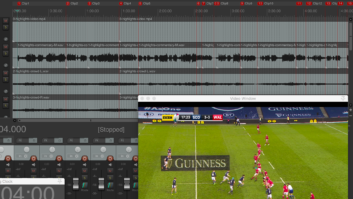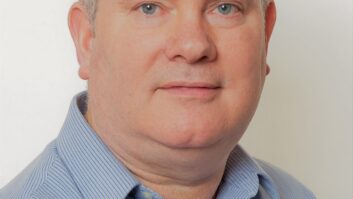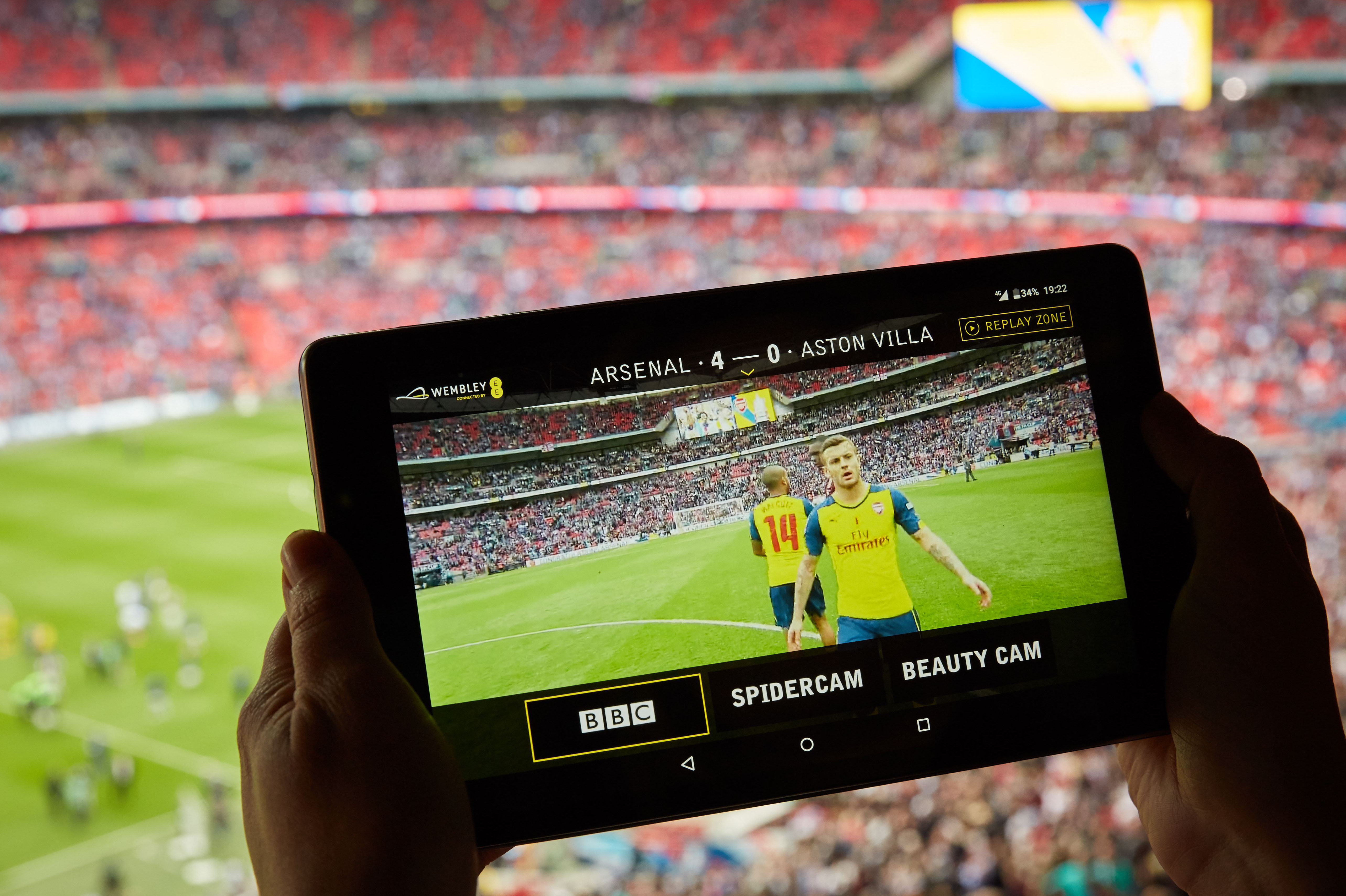
BBC Research & Development worked with EE and other partners to stage a trial of 4G Broadcast at the FA Cup Final at Wembley Stadium on Saturday 30 May 2015. This trial follows BBC R&D’s earlier work which saw the first live UK demonstration of 4G Broadcast during the 2014 Commonwealth Games.
For the Cup Final, EE and BBC R&D worked alongside Qualcomm, Huawei, EVS and Intellicore to run the 4G Broadcast trial with invited industry guests at Wembley Stadium. A specially developed app allowed the guests to see three live feeds, as a well as a selection of replays of key moments from multiple camera angles, which were controlled by the viewer. BBC R&D also worked with BBC Sport to create a bespoke version of the BBC Sport app which connected directly to the 4G Broadcast signal. This trial used a number of specially enabled tablets to allow the guests to see high quality versions of the live feeds, as well as the action replays.
“4G is not just about faster web and video download speeds, it will also change where and how we watch live events on mobile devices,” commented Olaf Swantee, CEO at EE. “We are continuing to innovate, and to show how powerful 4G technology can be. In the future, 4G Broadcast will make live television available to mobile audiences in a way we have never seen before, and the cross-industry collaboration in this project has enabled a big step forward in making that possible.”
BBC Sport supplied three live streams to the EE 4G Broadcast demo: two direct feeds from the stadium coverage, and one feed of the broadcaster’s coverage that is available to its conventional viewers. The corporation’s R&D team then used its Stagebox technology to transfer the direct feeds from the outside broadcast truck linking the outside broadcast to the EE network in real time. BBC R&D then used MPEG-DASH to encode the streams before sending them to EE a short time after they were captured live.
4G Broadcast has the potential to offer efficiency benefits where there are multiple users consuming the same content in a given area, compared to transmitting several unicast streams of the same content individually. This is particularly relevant around busy venues, where many people may want to view the additional content such a service could offer, or prefer to watch on a mobile device.
BBC R&D will continue to explore the technology, both to work out how the BBC might bring such experiences to viewers on a more regular basis, as well as working with others in the broadcast and mobile industries to see how the technology might be enhanced even further in future generations of mobile devices.
